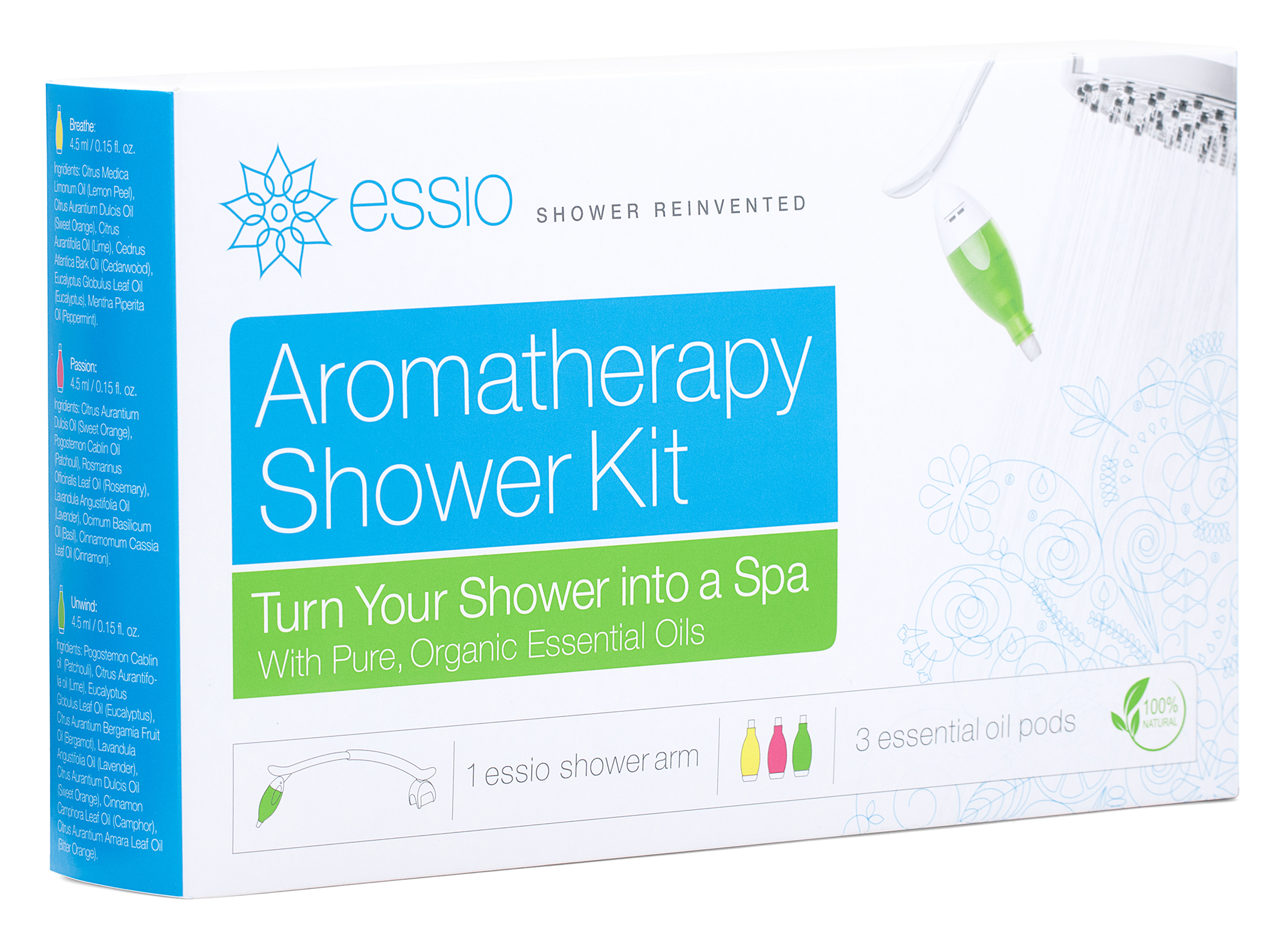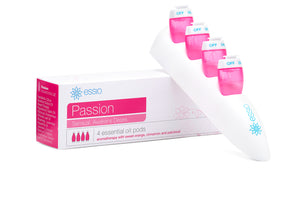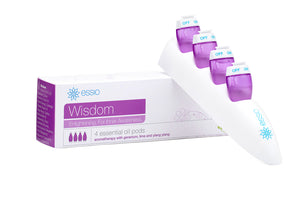Trying to improve your memory, so that you can improve your test scores,
instantly be able to recall names and faces, or just find your car-keys? Then it
may be time for you to learn how to make Rosemary essential oil.
Essential oils are stored in the cells of the plants. In the case of Rosemary, these
pungent oils are in the quill-like leaves. Some plants just seem to be generously
bursting with fragrance, and Rosemary is one of them. Simply pinching a cluster
of these narrow, dense leaves, which feel similar to pine-needles, will give you
an instant burst of the distinct and refreshing aromatic. By contrast, a water-
loving plant like Jasmine requires many, many hundreds of pounds of fast-fading
flowers to produce just a few drops of essential oil. As a durable native of a dry
climate, the concentration of oil is very high in the bushy leaves of the Rosemary
plant. The aroma is so strong that it is subtly detectable in the honey produced
from the tiny blue-gray flowers of Rosemary. It is also an iconic fragrance and
flavoring in classic, traditional dishes of Greece and North Africa, particularly
roasted lamb.
If you want to cultivate your own plants as the first step in how to make
Rosemary essential oil, you’ll be pleased to know that this aromatic plant
is sun-loving and easy to grow in pots on a deck or balcony. Keep in mind
when considering how to make Rosemary essential oil that the oil needed
for cooking differs from aromatherapy oil. If you simply want to add Rosemary
flavorings in your kitchen, you can add sprigs of Rosemary to a bottle of olive oil,
or add dried or fresh Rosemary leaves to kosher salt as a rub for meats.
The sharp, clean fragrance of this hardy Mediterranean shrub has been
scientifically proven to improve memory retention, a belief which has been
anecdotally held for literally centuries. Essential oil of Rosemary is considered a
tonic and astringent by aromatherapists. It is used to reduce nasal and lymphatic
congestion, as well as a mild analgesic to ease muscular pain. And it’s also
antibacterial, and a great base for making eco-friendly cleaning supplies.
Once you know how to make Rosemary essential oil, you’ll be able to tap
into these benefits, among others, even if you don’t have the luxury of living
Rosemary plants at hand.
A key method in the exploration of how to make Rosemary essential oil is the
technique called expression. Expression of essential oils requires distillation by
either water or steam. In fact, the process closely resembles that used in the
mountain distilleries or stills used by moonshiners!
Water Distillation
The plant material is immersed in water and boiled. The steam and the essential
oils rise out of the hot water and are then cool, producing condensation which is
collected. Two products are created here-- the essential oil and the condensed
water, which contains water- soluble essences of the plant material. These
floral waters are called hydrosols. Water distillation can be done under vacuum
(reduced) pressure, which allows the temperature to be kept lower than boiling.
This helps to protect and preserve some of the more delicate plant materials.
The simplest distillation method is a simple water distillation.
Steam Distillation:
essential oils, uses a very similar setup to water distillation, except instead of
being immersed in the hot water, steam is passed through the plant material. The
steam breaks open the cells containing the essential oil, and the steam and oil
then pass into the cooling chamber where, as with water distillation, two products
are created : essential oil and hydrosol.
Steam distillation, the most common method of extracting
If you’re looking for a simpler technique when it comes to how to make
Rosemary essential oil, as just a basic infusion versus a distillation, here’s what
you’ll need:
• 1 cup fresh Rosemary
• 2 cups oil
• Slow-cooker
• Strainer
• Bowl
• Small sealable glass container – sterilize jar and lid by boiling for 5 minutes,
then allowing to air-dry
Start by removing the Rosemary leaves from the stem, and measure one
cup to use for making the infused oil. Just plucking the quills from the stems will
make your kitchen smell wonderful. And yes, you can also use dried Rosemary
although the aroma will not be as complex and delicious. Use any type of
carrier oil for the simmer, but a high-temperature, low-scent oil is best, such as
sunflower or safflower oil (versus more aromatic and volatile olive oil). Measure
and add two cups of the oil to the slow cooker. Set your slow cooker to “low”,
add the Rosemary leaves, turn gently with a wooden spoon a few times (metal is
too reactive), and let warm for six hours. Turn off the heat after six hours. Allow
the warm oil to cool in the slow cooker for an hour, and then strain over a bowl.
Seal the jar and keep in a dark place—it’s perishable. As an alternative extraction
method, place the Rosemary-and oil-filled glass jar on a sunny windowsill and
allow to steep for at least a week, then move the finished oil out of the direct
sunlight. Enjoy in a warm bath, as a massage oil and as a hair conditioner!




